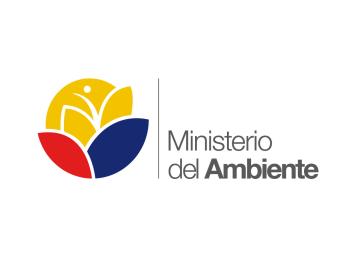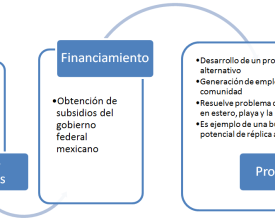
Concessions for Mangrove Conservation
Context
Challenges addressed
Location
Process
Summary of the process
Building Blocks
Ressource use associations
Enabling factors
Lesson learned
Mangrove management plan
Enabling factors
Lesson learned
Capacity building
Enabling factors
Lesson learned
Mangrove reforestation
Enabling factors
Lesson learned
Community-based ecotourism
Enabling factors
Lesson learned
Impacts
Beneficiaries
Story
"I do not only consider myself a crab fishermen, but proudly claim to be the ›guardian of the mangrove‹", says Ricardo Carpio, president of the association »21 de Mayo Puerto Roma«. "Like many other crab fishermen of Ecuador, I used to catch crabs with traps. After five years of implementing the activities that are required to obtain a concession, including no longer using traps or chemicals, I see that the state of the resource has improved. We only catch males and respect minimum catch sizes in order to allow the crabs to grow and reproduce. I realise the positive changes that the concession has brought to my community. We have benefitted from participating in other government projects, such as a programme for the installation of solar panels on private houses. We gained a monetary incentive of more than $37,000 issued by the Ministry of Environment for assisting in the control and surveillance of around 2,500 hectares of mangroves. All members of our association jointly take care of the concession, and I am very strict when applying penalties or implementing new standards. Once I even fined my own father for catching crabs in a closed area. In addition, our association cooperates with other communities, guiding them through the process of obtaining a concession and supporting them during the implementation phase."
